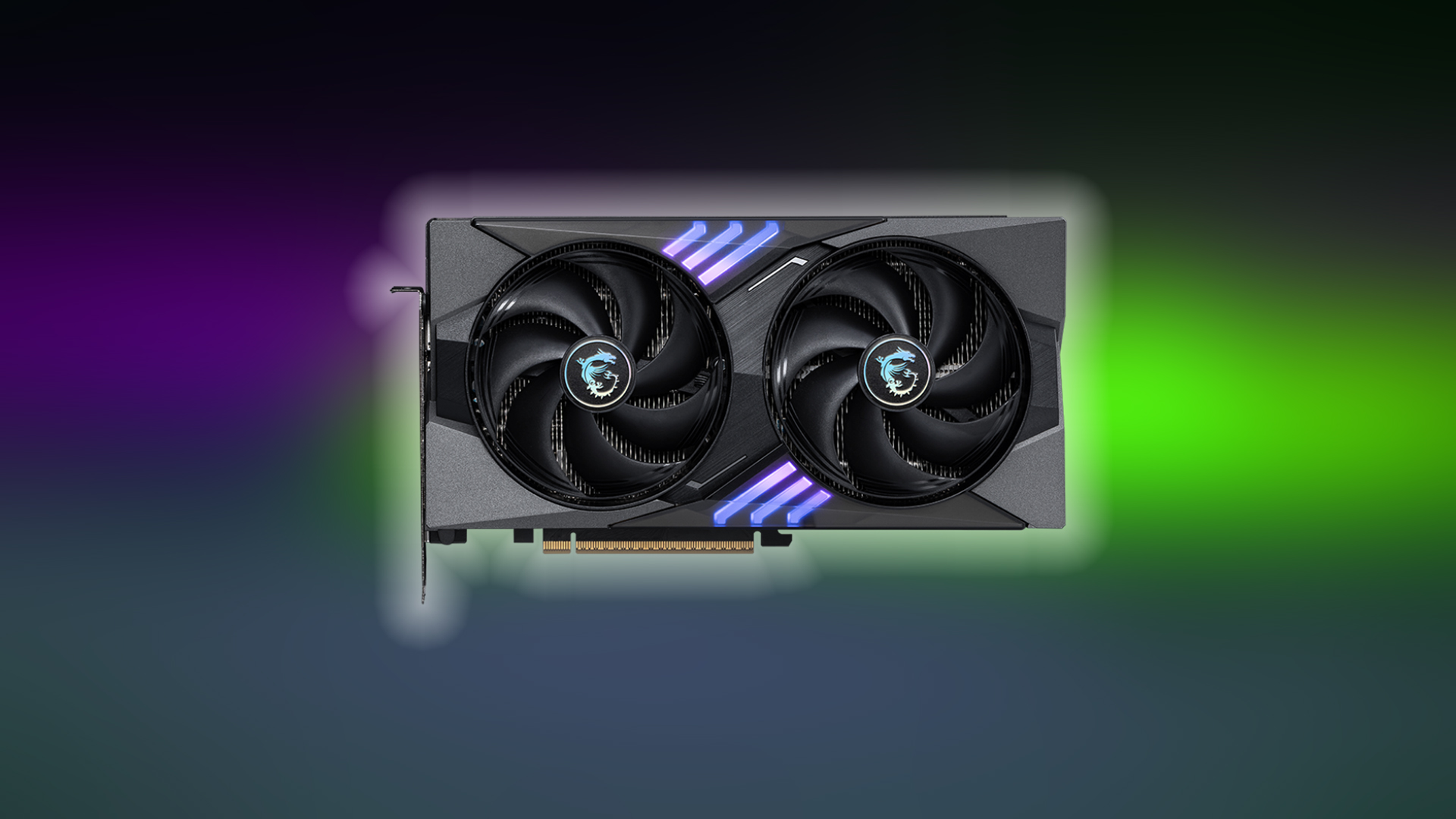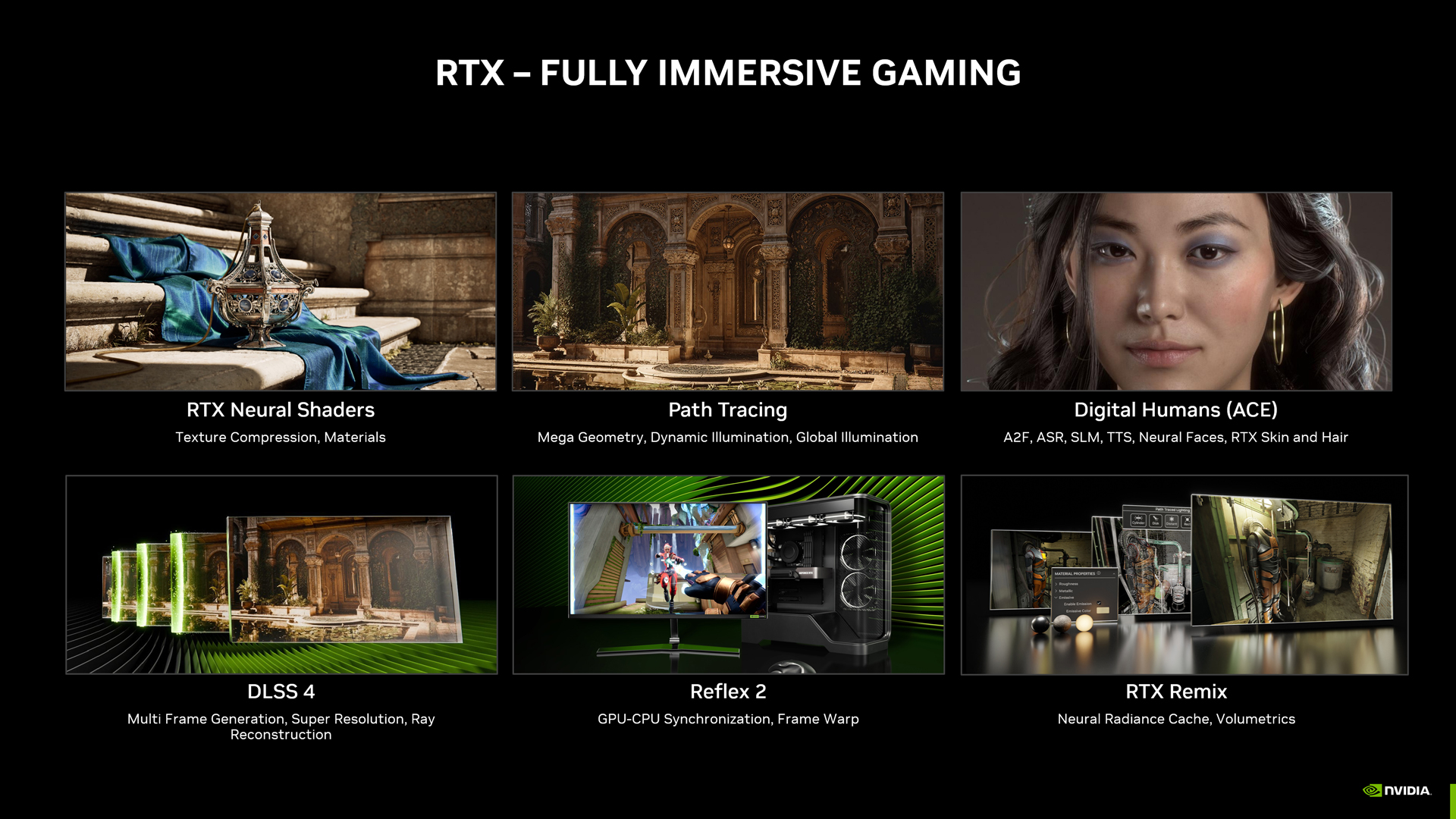This article compares the RTX 5060 Ti with the AMD RX 7900 GRE in terms of specifications, pricing, performance, and more.

The 5060 Ti and the RX 7900 GRE are two different GPUs. One is focused on next-generation efficiency, ray tracing, AI, and professional work features. The other is a more pure gaming GPU based on rasterization with moderate ray-tracing capabilities. It’s not as if the 7900 GRE cannot be used for AI-related workloads, Blender, or similar applications. Nvidia’s overall developer backend offers more support than AMD’s. This article will help you decide which one suits you the best.
Note: Based on data cross-checked across multiple media outlets, the performance figures are approximate. This is intended to help you make an informed choice.
RTX 5060 Ti vs RX 7900 GRE

On raw specifications (FP32), the RDNA 3 card clearly outperforms the 5060 Ti, but both cards have different architectures and handle GPU loads differently. As mentioned, both GPUs handle 3D workloads differently; the 5060 Ti might appear weaker, but when it comes to gaming, specifically in modern titles, the Blackwell architecture does a fantastic job. RDNA 3 is no less; it’s an older card, but it still offers incredible performance.
Specs Comparison
| Feature | RTX 5060 Ti | RX 7900 GRE |
| Architecture | Blackwell 2.0 (2025) | RDNA 3.0 (2023) |
| VRAM | 8GB/16GB GDDR7 | 16GB GDDR6 |
| Memory Bus | 128-bit | 256-bit |
| Memory Bandwidth | 448 GB/s (16GB) | 576 GB/s |
| Boost Clock | 2572 MHz | 2245 MHz |
| FP32 Compute | 23.7 TFLOPS | 45.98 TFLOPS |
| TDP | 180W | 260W |
| Launch Price (MSRP) | $379 (8GB), $429 (16GB) | $549 |
| Release Date | April 2025 | July 2023 |
Performance overview
It’s important to note that, depending on game optimization, titles designed to take advantage of Nvidia’s hardware, including ray-tracing, favor the 5060 Ti. Whereas with pure Raster performance, the 7900 GRE behaves like a tier above it. One such example is 3D Mark Timespy, where the 5060 Ti averages around a score of 15,389 points, and the 7900 GRE scores around 20,010 points.
1080p Gaming
The 5060 Ti outperforms the 7900 GRE in approximately 40-45% of popular games, especially titles with heavy ray-tracing capabilities, such as Cyberpunk or Black Myth: Wukong. Coupled with the new DLSS transformer model and MFG support, although debatable, the FPS numbers are there to be seen, whether fake or not, from a particular perspective.
The RX 7900 GRE holds its own when all titles turn off ray tracing; the AMD advantage becomes apparent. FSR 3.1 is the latest model of upscaling available to RDNA 3, and AMD has not revealed any information regarding FSR 4 being backported to support older hardware. As multiple results suggest, FSR 3.1 falls short of DLSS level. FSR 4, on the other hand, is a game-changer.
1440p & 4K Gaming
The RX 7900 GRE begins to stretch its wings thanks to its higher fill rate, increased memory bandwidth, and additional GPU power headroom. It also has a lot of ROPs, although it has a different architecture. Still, having more ROPs makes sense, so 1440p and 4K are faster on the 7900 GRE without RT. The narrower 128-bit memory bus within the 5060 Ti fails to keep up, even with its GDDR7, which doubles the bandwidth and still falls short of the amount required to support higher resolutions.
Efficiency and Power
Regarding efficiency, the 5060 Ti is a clear winner, even if you decide to undervolt the 7900 GRE. The performance that the 5060 Ti offers within its power budget is exceptional. RDNA 3 is a step back from RDNA 2 regarding power efficiency and undervolting capabilities.
Price & Value
MSRP & Market Pricing:
- RTX 5060 Ti: $379 (8GB) / $429 (16GB)
- RX 7900 GRE: $549 (MSRP), and the used market pricing is also considerably high.
The 5060 Ti is significantly more affordable at MSRP, especially the 16GB model. The 7900 GRE was initially more expensive, then AMD followed the Nvidia-50 strategy, and the price eventually fell.
The RTX 5060 Ti faces intense competition from itself, as well as from older generation hardware, within the second-hand market. In that price bracket, options like the 4070, 4070 Ti, or 3080 Ti become available. These 12GB cards are still enormously powerful (3080 Ti and 4070 Ti) than the 5060 Ti. The 7900 GRE is also an interesting option in the second-hand market; however, purchasing it new is challenging.
Pros & Cons Summary

| RTX 5060 Ti | RX 7900 GRE | |
| Pros | Efficient, low power draw | 16GB VRAM standard |
| DLSS 4, strong ray tracing | Wider memory bus, better at high resolutions | |
| Lower MSRP, good value | Higher compute throughput | |
| Cons | 8GB model may be limiting for future games | Higher power consumption |
| Narrow 128-bit bus limits 4K performance | More expensive, harder to find new | |
| The 16GB model costs extra | Weaker ray tracing, FSR is less mature |
Bottom Line: Which One Should You Buy?
For 1080p and 1440p gaming, if you value ray-tracing, efficiency, and Nvidia features and are also looking forward to AI-related video editing workloads, the 5060 Ti (16GB model) makes the most sense. You can also use a used 7900 GRE if you prefer rasterization and are looking forward to running Linux (Steam OS or Bazzite) instead of Windows.
Regarding 4K, both cards are subpar options; instead, consider the 4070 Ti Super or the 5070 Ti. From AMD’s side, our recommendation is the RX 7900 XTX.
Looking For More Related to Tech?
We provide the latest news and “How To’s” for Tech content. Meanwhile, you can check out the following articles related to PC GPUs, CPU and GPU comparisons, mobile phones, and more:
- 5 Best Air Coolers for CPUs in 2025
- ASUS TUF Gaming F16 Release Date, Specifications, Price, and More
- iPhone 16e vs iPhone SE (3rd Gen): Which One To Buy in 2025?
- Powerbeats Pro 2 vs AirPods Pro 2: Which One To Get in 2025
- RTX 5070 Ti vs. RTX 4070 Super: Specs, Price and More Compared
- Windows 11: How To Disable Lock Screen Widgets
 Reddit
Reddit
 Email
Email


